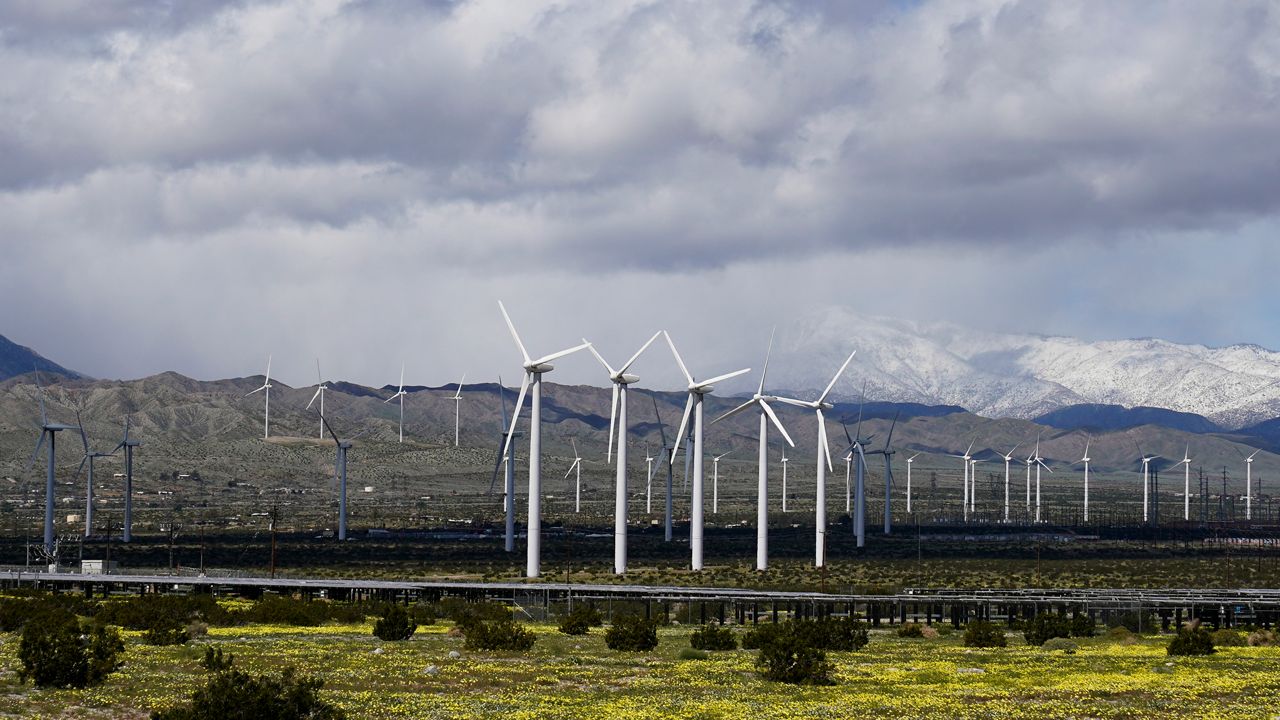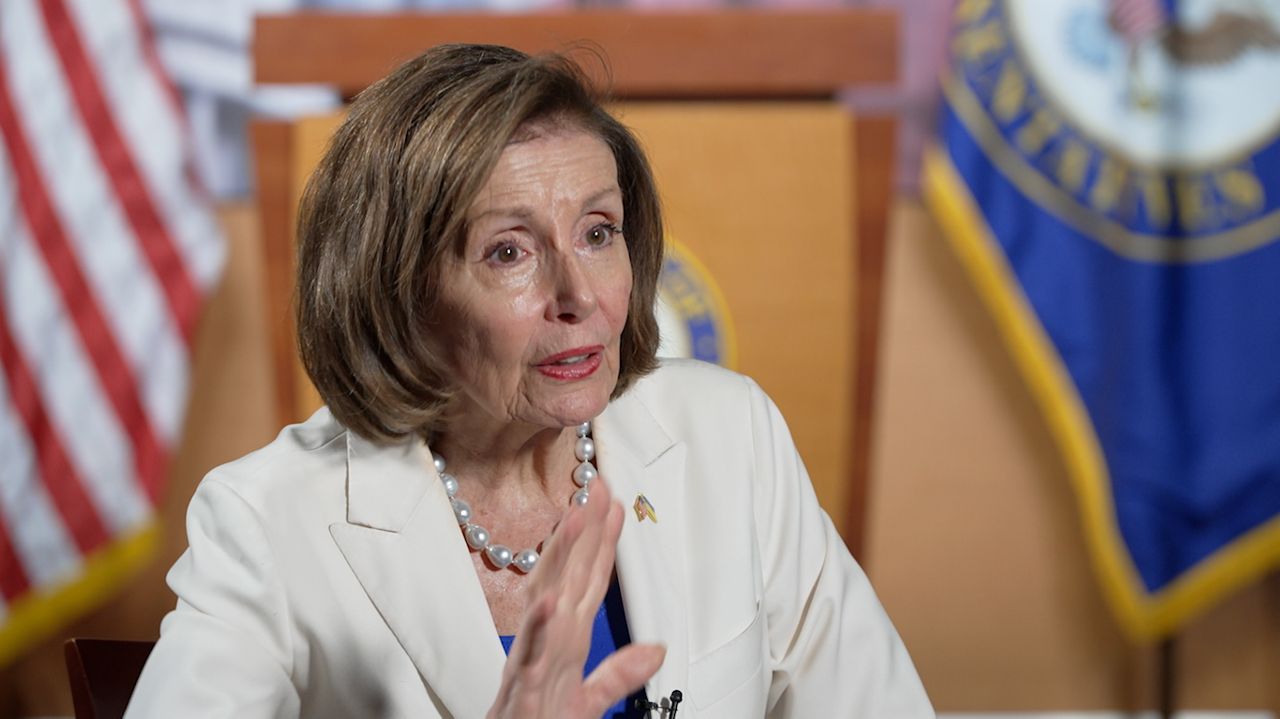The severe storm season is here, and hurricane season is just around the corner — a crucial time for the National Oceanic and Atmospheric Administration, home of the National Weather Service.
“It's about the cost of a cup of coffee per citizen per year to have the Weather Service, and with that cup of coffee, you're getting 24/7 coverage," said Brad Colman, former president of the American Meteorological Society. "You're getting a staff that's committed to the protection of life and property."
Like other federal agencies, the NOAA is being downsized through the firing of probationary employees and voluntary buyouts as part of President Donald Trump’s efforts to slash spending across the federal government. Colman said the National Weather Service already was struggling to maintain staffing, which could jeopardize public safety.
“There's always been redundancy and backup in these offices, but when your redundancy and backup becomes your day-to-day operations, what happens when you have a large tornadic outbreak?" Colman said. "Typically, you would lean on a neighboring office to help you out, maybe cover an additional radar or call someone else in. That backup isn't there."
Additionally, the Trump administration is looking to slash the NOAA budget by about 25%. That could impact the ability of government meteorologists to provide accurate forecasts and to get that information out quickly.
“The modeling and the applications that they depend upon are becoming more and more accurate, and what they've seen is that communication piece — how do we get the information, that good forecast, that excellent forecast, out to the stakeholders, the decision-makers, the local population, so they can make that informed decision?" Colman said.
The White House did not respond to a request for comment. The Trump administration has in executive orders said the size of the federal workforce is too large and expensive.










